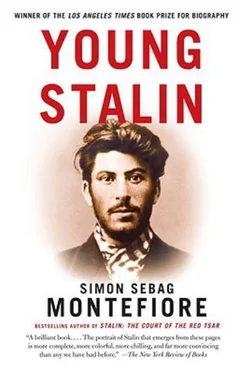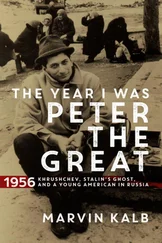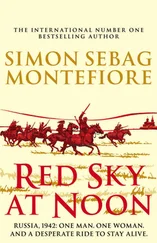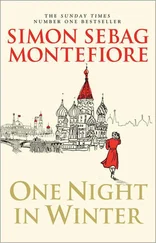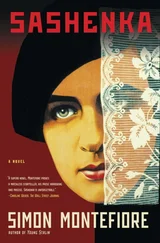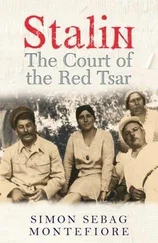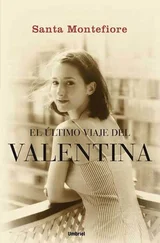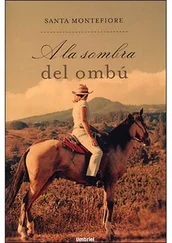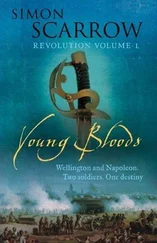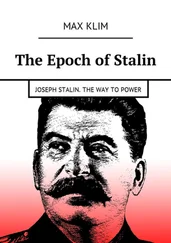Just before telling his henchmen this story, the ageing Stalin had suffered a similar accident to that of U.S. Vice President Dick Cheney in 2006: while showing off his shooting skills, he had misfired, closely missing Politburo grandee Anastas Mikoyan and peppering two of his guards. Already beginning to hate and scorn the ailing dictator in the postwar years, Beria and Khrushchev had heard this story of Stalin’s exploit repeatedly. They did not believe it. “After dinner,” writes Khrushchev, “we were spitting with scorn in the bathroom: ‘So Stalin claimed to have skied 12 versts in winter, shot twelve partridges, skied back 12 versts and returned, another 12 versts, shot another twelve partridges and skied another 12 versts home—48 versts on skis!’” (48 versts equals 32 miles.) “Listen,” exclaimed Beria, “how can a man from the Caucasus who never had the chance to ski, travel a distance like that? He’s lying.” Khrushchev agreed: “Of course, he was lying! I’d seen with my own eyes that Stalin couldn’t shoot at all!” In fact, in the 1920s and early 1930s, Stalin enjoyed hunting on holiday, though he regarded it as a waste of time.
After the débâcle of the 1942 Kharkov offensive, Stalin gave Khrushchev a dressing-down. “During the First World War,” he said, “when one of the armies was encircled in East Prussia, the commander of the neighbouring army fled to the rear. He was put on trial—and hanged.”
In 1930, Merzliakov was accused of being a kulak, one of the richer peasants, whom Stalin was determined to liquidate in his brutal war on the peasantry. He appealed to Stalin: “I think you won’t have forgotten how I was.” Stalin responded: “I knew Mikhail Merzliakov at the time of my exile in the village of Kureika where he was my guard 1914–16. He only had one order—to look after me (the only exile in Kureika at the time). It is clear I could not have ‘friendly’ relations with Merzliakov. But I have to testify that even if our relations were not ‘friendly,’ they were not hostile as usual between guard and exile. It seems to me this can be explained by Merzliakov’s lip-service to his duties without the usual police zeal, he didn’t spy on me, didn’t persecute me… colluded in my long absences and often criticized his officers for his ‘tedious’ orders… So in 1914–16, Merzliakov distinguished himself from other policemen. It is my duty to testify this before you.”
Stalin poses with his trademark black fedora at a rakish angle, in his usual position at the centre in the back, flanked by Spandarian and Kamenev. Sverdlov also stands in the back row, while at the front, sitting on the floor, is Sverdlov’s little son Andrei, who later became one of Stalin’s top NKVD investigators and torturers.
Stalin was to repeat this philosophy in the early 1920s. Kamenev called it “Stalin’s Theory of Sweet Revenge” after his defeat by the dictator in the mid-1920s. But he did not take it, or Stalin, seriously until it was too late.
Spandarian was allowed to move to Krasnoyarsk in August, but it was too late. Stalin inquired after his friend but the letters went astray.
Fyodor was apparently not the only person punished for Stalin’s absence. This author received a letter from Mrs. Eva Purins of Downham Market, Norfolk, who writes that her great-grandmother, an exile named Jefinia Nogornova, was imprisoned in Krasnoyarsk for “helping to hide Stalin.” If true, it must have been on this occasion.
There were so many meetings, day and night, on every street corner that the ever adaptable Russian language coined the verb miningovat —to make meetings—just as during another revolution, in 1991, Russian created the word khappening —a happening—to describe the bizarre events of the new freedom.
On 26 February, Shlyapnikov declared, “There is no and will be no revolution,” but once it developed, he and Molotov managed to relaunch Pravda . When Molotov joined the Soviet Executive Committee, he wrote, “I had to speak against Kerensky. Lenin was far away. We had to decide everything ourselves.”
She was the lissom Polish ballerina who became Nicholas II’s first and only real mistress while he was heir to the throne. He had been in love with her, but when he fell for Alix of Hesse, who became Empress Alexandra, he continued to back Kseshinskaya’s rise to become the dominant prima ballerina of the Mariinsky. Afterwards, she entered an imperial ménage à trôis with her two Romanov lovers, Grand Dukes Sergei and Andrei. Between the sheets with the Emperor and the Grand Dukes and on stage in a stellar career built on imperial favour, Kseshinskaya gathered a collection of diamonds and residences that culminated in her building of the mansion. Its modernist style boasted parquet floors, crystal chandeliers, huge mirrors. A white hall had marble consoles and sofas inlaid with ormolu; its walls were covered in damask silk; its curtains were velvet. There was a small Louis XVI drawing-room with yellow silk walls—and the ballerina’s bathroom, in white marble with walls of inlaid blue and silver mosaic, and a sunken bath, “resembled a Greek bathing pool.” As a popular verse bawdily put it, she had “without sparing her legs, danced her way to a palace.” The mansion is today the Museum of Modern Russian History.
On 17 March, in his article “The War,” Stalin merely called for “pressure on the Provisional Government” about ending the war, while Lenin was already demanding its “overthrow.” He did not attack the Mensheviks but only wanted alliance with those who backed his belief in a defensist war. He wanted the Soviet to keep mastery over the Provisional Government and he demanded the urgent calling of a Constituent Assembly. On one hand, he only proposed “pressure” on the government; on the other, when the Mensheviks and Bolsheviks held a joint debate on the Provisional Government, he damned it as the organ of “the elites” who simply substituted “one Tsar for another.” He was still a Conciliator, as he explained at a Party conference at the end of March, held in the mansion and then in the Taurida.
The seductive Bolshevik Alexandra Kollontai had just delivered Lenin’s furious Letters from Afar to the defiant Stalin and Kamenev. Even as the Old Man approached, Stalin had shortened or refused to publish Lenin’s articles, which he criticized as “unsatisfactory… a sketch with no facts.” Lenin called for immediate power seizure but did not deign to explain how he had decided to jump the first formal stage of Marxist development and jump straight to the second—“the transition to socialism.”
Lenin’s retreat from his extremism had brought him much closer to Stalin’s often-denounced policies. Stalin felt that Lenin’s insistence on “European civil war” was over the top, talk of “dictatorship” impolitic, and demands for “land nationalization” insensitive to peasant hopes. Lenin, attuning himself to the real demands of Russian politics, gradually altered these policies in public.
These “provincials” were the tough Committeemen who loathed Trotsky and would become the Stalinists of the future, many of them friends from the Caucasus. Such Bolshevik praktiki certainly knew Stalin’s faults but they had much more in common with him than with Zinoviev or Trotsky. There was the excitable Sergo, the handsome Shaumian, the blond playboy Yenukidze, the easygoing ex-butler Kalinin and Voroshilov. Yet many Caucasians, especially the Mensheviks, hated Stalin. And he also had his Bolshevik critics from the Caucasus. Makharadze and Japaridze, old comrades from Tiflis and Baku, attacked Stalin’s approach to the Caucasian peoples at the April Conference, as did the Pole Felix Dzerzhinsky. Yet Stalin befriended Dzerzhinsky, founder of the secret police, perhaps because Poles and Georgians identified with one another as proud peoples colonized by Russia. Both men studied for the priesthood, wrote poetry, were obsessed with loyalty and betrayal. Both were skilled practitioners of secret-police work. Both were dominated by powerful mothers and suffered from dour fathers. Both were terrible parents; both fanatical and solitary creatures. Surprisingly for two so similar, they became allies.
Читать дальше
